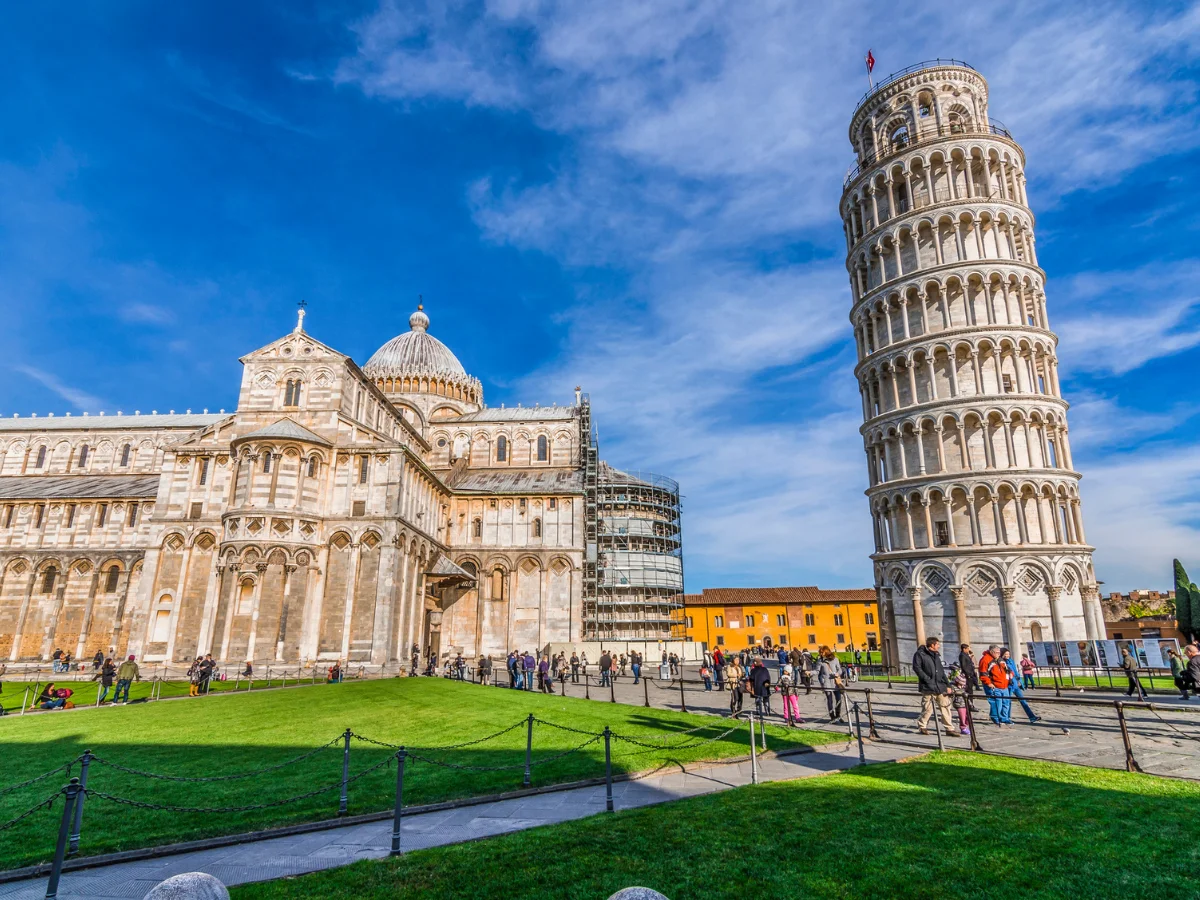Roman artillery was crucial in conquests
Ranging from ballistae to onagers, Roman artillery was crucial in conquests. Innovations in design led to powerful, versatile weapons. Ballistae unleashed devastating force, while scorpions offered accuracy. Onagers, with immense strength, broke enemy fortifications. Strategically deployed, they provided cover and breached defenses. In sieges, like Jerusalem, artillery played pivotal roles. Their influence lasted through centuries, shaping warfare. Advancements in metallurgy ensured reliability and effectiveness. Roman artillery stands as a testament to military ingenuity and strategic prowess, leaving an indelible mark on history.

Roman artillery was crucial in conquests
Innovative Designs
Roman engineers developed various types of artillery, including ballistae, scorpions, and onagers, each with unique capabilities for ranged warfare.
Ballistae
Ballistae were powerful crossbow-like weapons capable of launching heavy projectiles with tremendous force, devastating enemy formations and fortifications.
Scorpions
Scorpions were smaller, more portable artillery pieces, resembling oversized crossbows, favored for their accuracy and versatility on the battlefield.
Onagers
Onagers were large catapults that launched massive stones or projectiles with incredible force, capable of breaking down city walls and fortifications during sieges.
Tactical Deployment
Roman artillery was strategically deployed in various military campaigns, providing covering fire for advancing troops, breaking enemy morale, and breaching fortified positions.
Siege Warfare
In siege warfare, Roman artillery played a pivotal role, bombarding enemy defenses and creating breaches for infantry to exploit, as seen in the sieges of Jerusalem and Masada.
Influence and Legacy
The effectiveness of Roman artillery influenced military tactics and siege warfare for centuries to come, with similar designs and principles adopted by medieval and Renaissance armies.
Technological Advancements
Roman advancements in metallurgy and engineering contributed to the effectiveness and reliability of artillery pieces, ensuring their continued use and improvement over time.
Conclusion
Roman artillery, with its innovative designs and strategic deployment, was instrumental in the expansion and defense of the Roman Empire, leaving a lasting legacy in the annals of military history.



